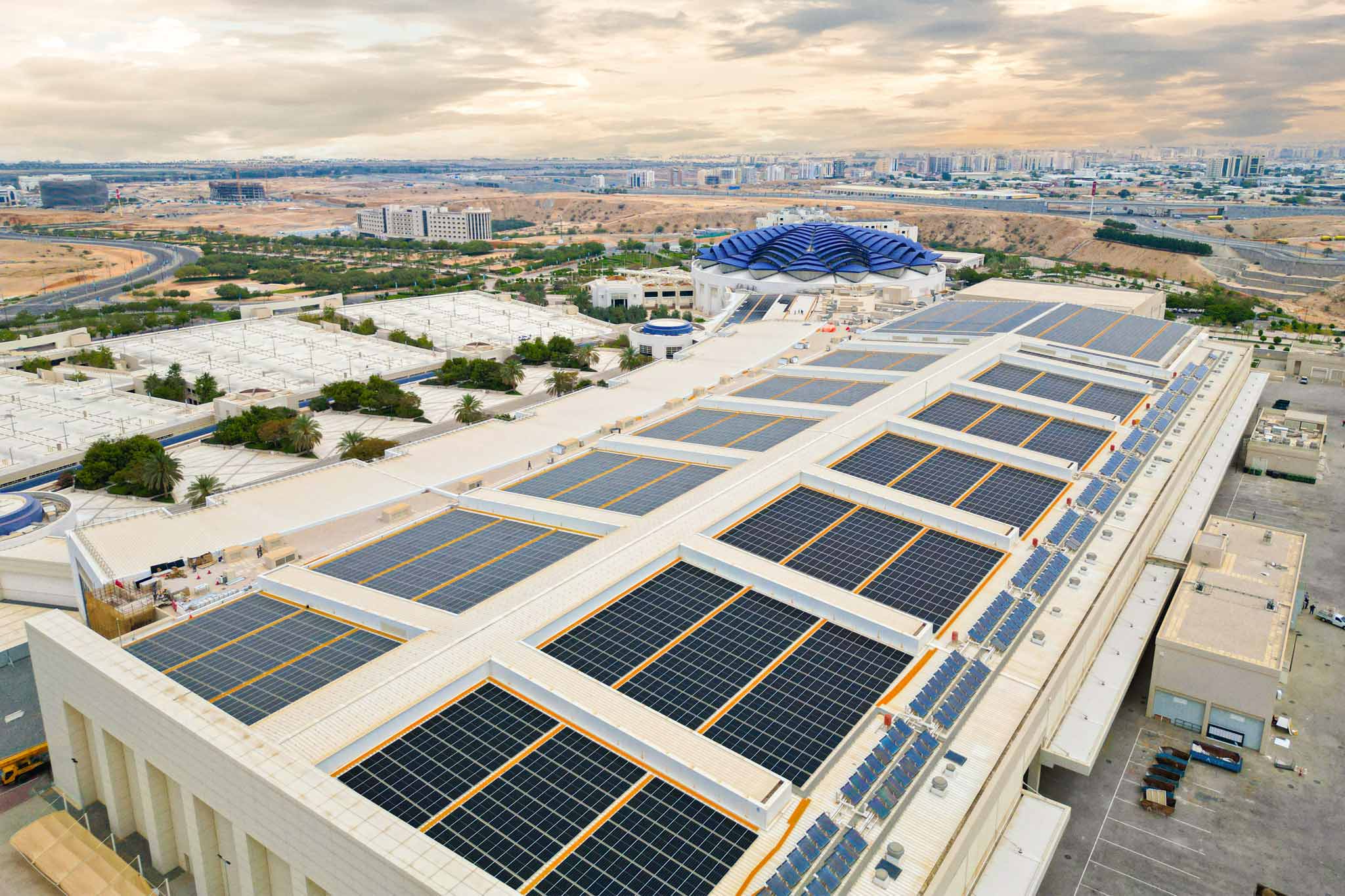Switzerland is the world’s most-innovative country followed by Sweden, the United States of America (U.S.), the Netherlands and the United Kingdom (U.K.) according to the 2019 edition of the Global Innovation Index (GII). The report also identifies regional leaders India, South Africa, Chile, Israel and Singapore, with China, Vietnam and Rwanda topping their income groups. India has risen most in the rankings since 2018, jumping five places to fifty-second most innovative country.
The annual index, which has been published for the last 12 years by the World Intellectual Property Organisation (WIPO), and several partners, is designed to help policymakers better understand innovation activity, which WIPO describes as a “main driver of economic and social development”.
Overall, this year’s Index finds that, despite the global economic slowdown, innovation is “blossoming”, particularly in Asia, but trade disruptions and protectionism are putting this at risk. It also notes that planning for innovation is critical for success:
“The Index shows us that countries that prioritise innovation in their policies have seen significant increases in their rankings. The rise in the GII by economic powerhouses like China and India has transformed the geography of innovation, and this reflects deliberate policy action to promote innovation,” says WIPO Director General, Francis Gurry.
Key findings of the Index include concerns that public expenditure on research and development, a significant element in basic and “blue-sky” study, which are crucial for future innovations, is stagnating, mainly in high-income countries. The report also notes that, unless it is contained, increased economic protectionism will lead to a slowdown of growth in innovation productivity.
This year, the authors of the report have focused on the future of medical innovation, with a separate healthcare section, which looks at how Artificial Intelligence (AI), genomics, and mobile-phone-based health applications, will transform the delivery of healthcare.
The Global Innovation Index is a leading benchmarking tool for business executives, policymakers and others seeking insight into the state of innovation around the world. Innovation is rated in the report by using 80 indicators, from the level of Research and Development investment, for example, to mobile-phone app creation and high-tech exports.
For the first time, the Global Innovation Index launch is being hosted by the Government of India, which uses the innovation index in creative ways to strengthen its policy framework for innovation at both the national and regional levels.
“The 2019 launch of the Global Innovation Index in India is a significant event and a recognition of the Government of India’s commitment to innovation in recent years. The GII is a useful tool for governments to map out their strategies to foster innovation,” says Minister of Commerce and Industry & Railways Piyush Goyal.
“Innovation inputs and outputs are still concentrated in very few economies”
The Global Innovation Index 2019 key findings
- The global landscape of science, innovation, and technology has undergone important shifts over the last decades. Middle-income economies, especially in Asia, are increasingly contributing to worldwide research and development (R&D) and international patenting rates via WIPO’s International Patent System.
- The GII 2019 shows that public R&D expenditures, particularly in some high-income economies, are growing slowly or not at all. This raises concerns given the public sector’s central role in funding basic R&D and blue-sky research, which are vital to future innovations.
- Increased protectionism poses risks. If left uncontained, it will lead to a slowdown of growth in innovation productivity and diffusion across the globe.
- Innovation inputs and outputs are still concentrated in very few economies. Divides also persist in how effectively economies obtain a return on their innovation investments. Some economies achieve more with less.
- Most top science and technology clusters are in the U.S., China, and Germany, while Brazil, India, Iran, the Russian Federation, and Turkey also feature in the top 100 list. The top five clusters: Tokyo-Yokohama (Japan); Shenzhen-Hong Kong, China (China); Seoul (Republic of Korea); Beijing (China); San Jose-San Francisco (U.S.).
“While the Global Innovation Index ranks economies according to their innovation capacity and performance, it also provides valuable insights into the dynamics of global innovation. It highlights economies that excel in innovation and those that are more successful in translating investments in innovation inputs into innovation outputs. Lessons from these innovation leaders provide useful guidance on innovation policy for others,” says Soumitra Dutta, Former Dean and Professor of Management at Cornell University, a GII copublisher.
Northern America
The U.S. reaches the GII top three thanks to better performance and improved GII data coverage. The U.S. maintains its status as a global leader in the quality of credit and investment markets and boasts R&D-intensive global companies, as well as top-quality scientific publications and universities. It ranks first worldwide in the quality of innovation. The U.S. is also home to the greatest number of top 100 science and technology clusters in the world, with a total of 26.
Canada moves up to the 17th position, also thanks to a more precise assessment of its human capital and research system. High scores in quality of universities and scientific publications make Canada the tenth global economy in the quality of innovation.
Sub-Saharan Africa
Since 2012, Sub-Saharan Africa has had more economies outperforming relatively well on innovation compared to their level of economic development than any other region. This year these include Kenya, South Africa, Rwanda, and Mozambique.
South Africa (63) takes the top spot among all economies in the region, followed by Kenya (77) and Mauritius (82).
South Africa benefits from a relatively sophisticated credit and investment market, as evidenced by indicators such as domestic credit to the private sector and market capitalization. Other strong indicators include IP payments and quality of publications.
This year Rwanda makes significant progress and ranks 94th, up to five from 2018. It is the top economy in the low-income group and shows a strong performance in capital formation, ease of getting credit, firms offering formal training, and high-technology imports.
“The Index is a useful tool for governments to map out their strategies to foster innovation”
Latin America and the Caribbean
Progress in innovation performance remains slow in Latin America and the Caribbean, and the GII shows that the region’s innovation potential remains mostly untapped despite incremental improvements and encouraging initiatives.
The top three economies in this region are Chile (51), followed by Costa Rica (55), and Mexico (56).
Chile maintains its rank in institutional variables and registers improvements in education-related variables, with improved performance found in patents, utility models, and mobile-app creation.
Thanks to its role in global trade, Mexico remains strong in trade-related variables such as high-tech imports and exports and creative goods exports.
Brazil, the region’s largest economy, is ranked 66th globally this year. Areas of comparative strengths include essential variables such as R&D expenditures and R&D-intensive global firms and quality of scientific publications and universities. It is also the only country in the region hosting science and technology clusters in the top 100 worldwide.
Central and Southern Asia
India maintains its top place in the Central and Southern Asia region as the 52nd ranked economy this year. From 81 in 2015, India’s 29-place move up the GII represents the biggest jump by any major economy. Thanks to its high-quality scientific publications and universities, India remains second among middle-income economies in the quality of innovation. It maintains top ranks in several essential indicators such as productivity growth and exports of services related to information and communication technologies. This year India reaches the 15th spot in global companies’ R&D expenditures. It also features in the GII ranking on the world’s top science and technology clusters, with Bengaluru, Mumbai and New Delhi included in the global top 100 clusters.
The Islamic Republic of Iran is the second most innovative country in the region and the third economy worldwide in science and engineering graduates as a proportion of the total population. It confirms its relatively strong performance in variables such as capital formation, patent applications, scientific and technical publications, productivity growth, high-technology manufactures, trademarks and industrial designs.
Northern Africa and Western Asia
Israel (10), Cyprus (28), and the United Arab Emirates (36) are the top three economies in this region.
Thanks to its innovative business sector and eminent research and development system, Israel produces high-quality innovation outcomes, including exports of services related to information and communication technologies and mobile applications.
The United Arab Emirates is in the top ten in the number of incoming tertiary students, R&D expenditures financed by the business sector, research talent in business enterprises, as well as cost of redundancy dismissal, electricity output, and state of cluster development.
“The annual index is designed to help policymakers better understand innovation activity”
South East Asia, East Asia, and Oceania
Singapore (8), the Republic of Korea (11), and Hong Kong, China (13) are the three top-ranked economies in South East Asia, East Asia, and the Oceania region. China is number 14 following a rapid rise up the ranks of the Global Innovation Index in recent years.
China continues its upward rise in the Index and firmly establishes itself as a world innovation leader. The country maintains its first place in quality of innovation among middle-income economies for the seventh consecutive year. Also, the nation achieves top ranks in patents, industrial designs and trademarks by origin, as well as high-technology and creative goods exports. With 18 of the top 100 science and technology clusters, China is second only to the U.S. in this measurement.
Partly due to improved data coverage, Singapore moves to the eighth spot this year. It maintains leadership in institution-related indicators while becoming a world leader in, knowledge-intensive employment, and strategic alliances deals.
The Republic of Korea gains one position from last year, moving closer to the top ten. It becomes world leader in human capital and research, maintaining high ranks in most R&D-related indicators, as well as tertiary enrolment and number of researchers. Republic of Korea keeps its first spot in the world in national patent applications, industrial designs, and high-technology exports, relative to gross domestic product (GDP).
Vietnam (42, up three from GII 2018) and the Philippines (54, up 19 from 2018) make important progress this year. While some changes to the GII model explain some of the Philippines’ leap, newly available metrics give a more thorough assessment of its innovative performance, which itself shows signs of progress. Both economies improve in most of the Global Innovation Index areas and gain top ranks in high-technology imports and exports.
Europe
Twelve of the top 20 Global Innovation Index’ economies are in Europe.
Switzerland tops the Index for the ninth consecutive year. Its solid, strong performance translates to excellent innovation outcomes including patent applications, IP receipts and high-tech manufacturing products.
Sweden is the second-ranked economy worldwide in the Global Innovation Index 2019, thanks to its developed infrastructure, an innovative business sector and outputs from knowledge and technology. The country makes essential improvements in innovation outcomes and maintains a top position in patent applications filed via WIPO’s Patent Cooperation Treaty (PCT), relative to gross domestic product.
“Increased economic protectionism will lead to a slowdown of growth in innovation productivity”
About the Global Innovation Index
The core of the GII Report consists of a ranking of world economies’ innovation capabilities and results. Recognising the key role of innovation as a driver of economic growth and prosperity, and the need for a broad vision of innovation applicable to developed and emerging economies, the GII includes indicators that go beyond the traditional measures of innovation, such as the level of research and development.
The GII is concerned primarily with improving the journey towards a better way to measure and understand innovation and with identifying targeted policies and good practices that foster innovation. The Index creates an environment in which innovation factors are under continual evaluation, including the following features:
129 countries/economy profiles, including data, ranks, and strengths and weaknesses.
80 data tables for indicators from over 30 international public and private sources, of which 57 are hard data, 18 composite indicators, and five survey questions.
A transparent and replicable computation methodology. Including 90 per cent confidence intervals for each index ranking (GII, output and input subindices) and an analysis of factors affecting year-on-year changes in rankings.
The GII 2019 is calculated as the average of two subindices. The Innovation Input Sub-Index gauges elements of the national economy which embody innovative activities grouped in five pillars: (1) Institutions, (2) Human capital and research, (3) Infrastructure, (4) Market sophistication, and (5) Business sophistication. The Innovation Output Sub-Index captures actual evidence of innovation results, divided into two pillars: (6) Knowledge and technology outputs and (7) Creative outputs.
For the ninth consecutive year, the Joint Research Centre (JRC) of the European Commission audited the GIobal Innovation Index calculations.
Top 20 in global ranking
- Switzerland (Number 1 in 2018)
- Sweden (3)
- United States of America (6)
- The Netherlands (2)
- United Kingdom (4)
- Finland (7)
- Denmark (8)
- Singapore (5)
- Germany (9)
- Israel (11)
- Korea, Republic of (12)
- Ireland (10)
- Hong Kong (China) (14)
- China (17)
- Japan (13)
- France (16)
- Canada (18)
- Luxemburg (15)
- Norway (19)
- Iceland (23)



